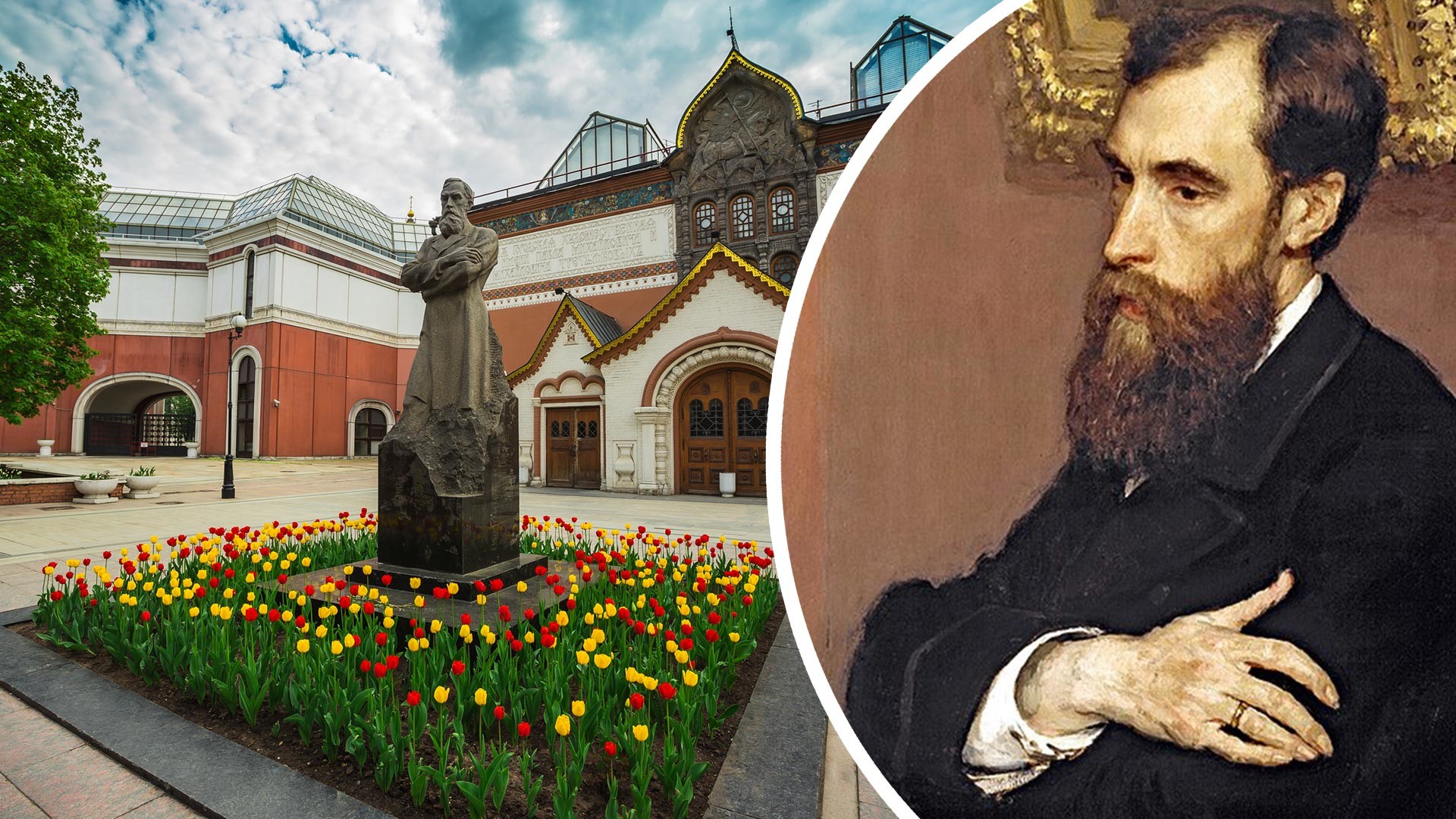
Monument to Pavel Tretyakov in front of the gallery; Portrait of Pavel Tretyakov by Ilya Repin
Legion media; Tretyakov GalleryPavel Tretyakov came from an old merchant family. In the second half of the 18th century, his great grandfather had moved to Moscow from the town of Maloyaroslavets in Kaluga Region. The future founder of Moscow’s principal picture gallery was born in 1832. His father, Mikhail Zakharovich, was a successful merchant, who traded in linen goods and, what is more, married well - his wife was the heiress of a businessman who exported pork fat to England.
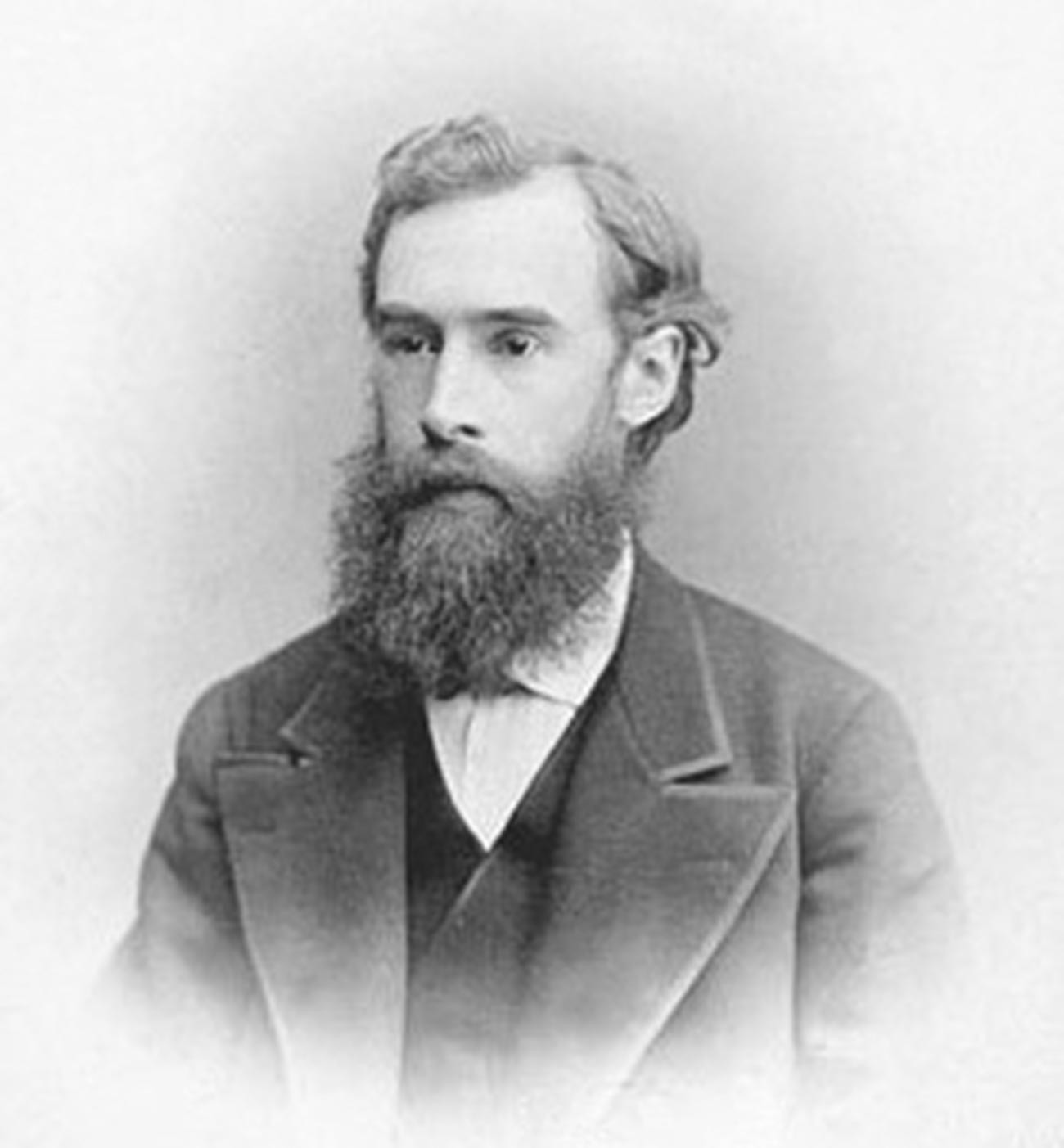
Pavel Tretyakov in 1892
Public domainThe father involved the children in the family business and, at the age of 15, Pavel was already working as an accountant for his father. However, when Tretyakov was just 18, his father died and he and his younger brother Sergei inherited his business and his wealth.
The brothers expanded their father’s business and turned from middle-class merchants into industrialists - by building cotton mills. The Tretyakovs bought a house in Zamoskvorechye [an area of Moscow south of the river from the Kremlin]. Pavel developed an interest in collecting art and soon the first paintings appeared in the house.
In the middle of the 19th century, wealthy and well-educated merchants were members of a new class. They played an active role in high society, sponsored the arts and donated money to charity.
For instance, the merchant Savva Mamontov set up a whole artists’ colony on his estate, where many great artists honed their skills. Incidentally, Pavel married Mamontov’s cousin, Vera.
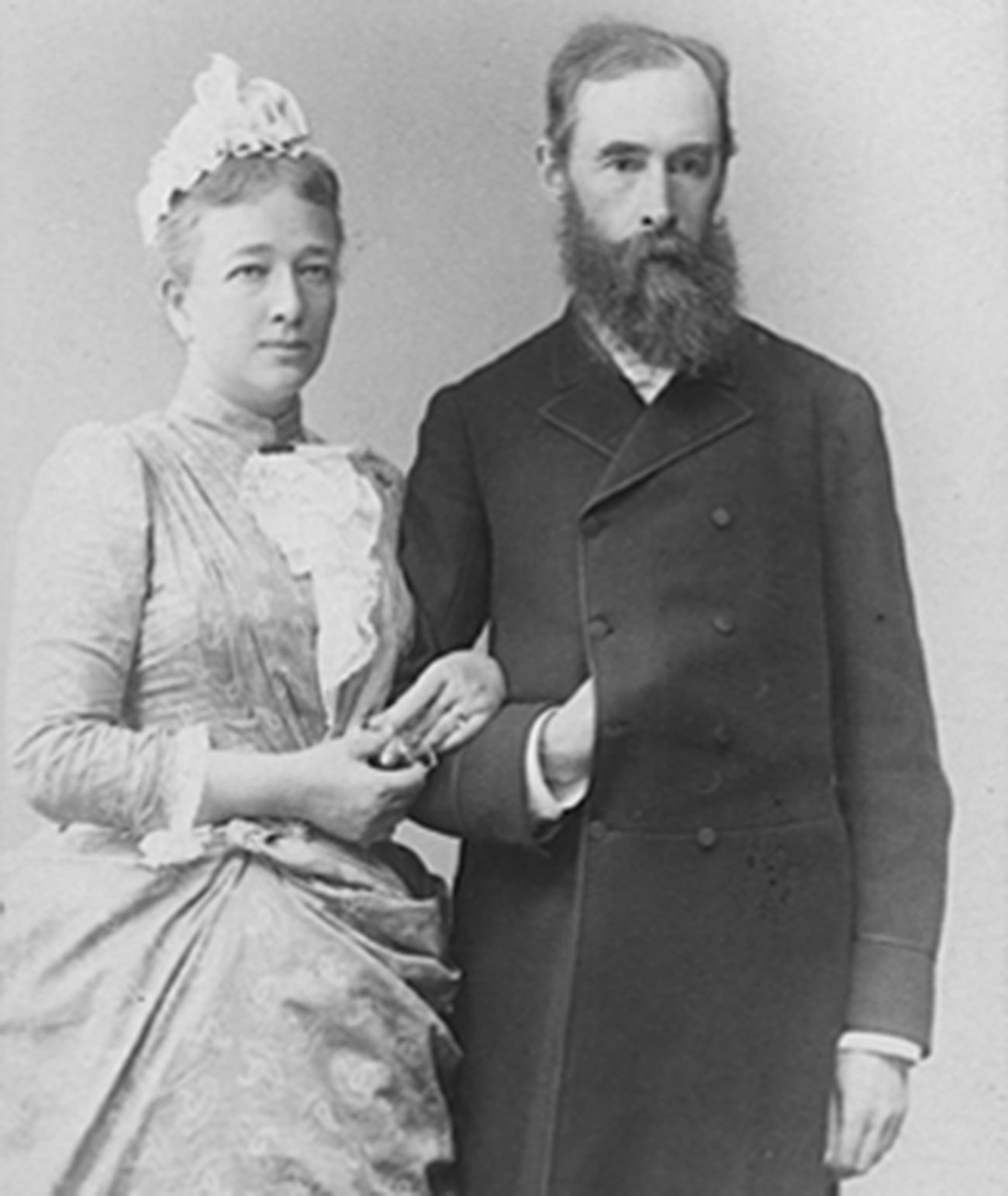
Pavel Tretyakov and his wife, Vera Mamontova
Public domainThe Tretyakovs were people of refined sensibility. They traveled a lot, were art connoisseurs, attended high-society gatherings and were well known in the circles of musicians, writers and artists. Tretyakov’s daughters married artistic people, rather than merchants: His eldest daughter’s husband was a musician and his other daughter married famous artist Léon Bakst.
Collecting art had already become fashionable and Pavel bought several works by Dutch painters. But, as a counterbalance to the dominance of Western artists, Tretyakov decided to turn to Russian art and support Russian artists.

Ivan Kramskoi. Portrait of Pavel Tretyakov
Tretyakov galleryUnlike other merchants who bought works of art for their personal collections and hung their masterpieces on the walls of their mansions, Tretyakov planned from the start that his collection should be open to the public.
“I would like to leave behind a national gallery, in other words a gallery consisting of paintings by Russian artists.”
Paintings began to appear in the Tretyakov mansion in 1856 and it is this year that is considered to mark the foundation of the gallery. ‘Temptation’ by Nikolay Shilder and ‘Skirmish with Finnish Smugglers’ by Vasily Khudyakov are usually regarded as the first paintings to have entered the collection.
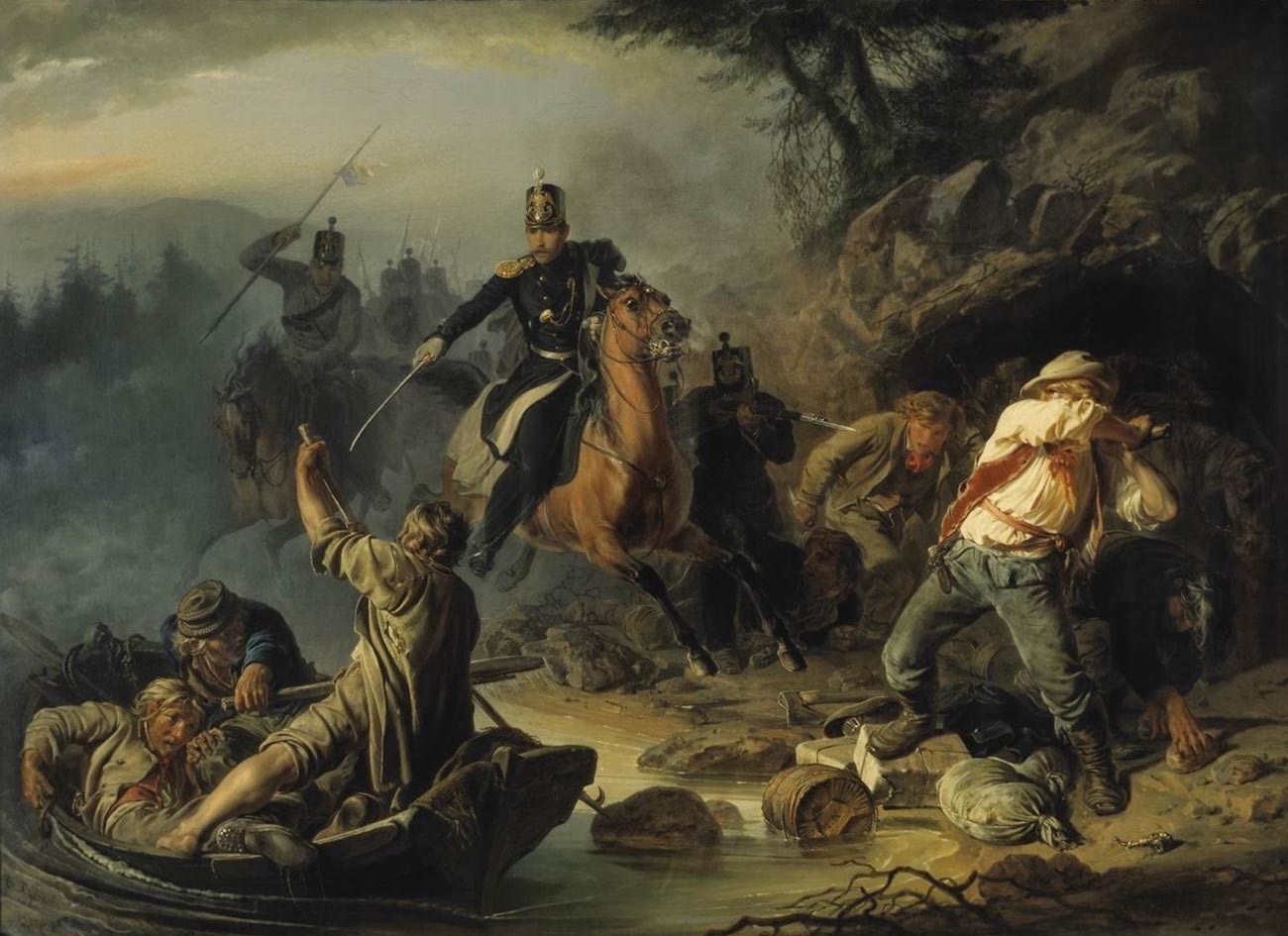
Vasily Khudyakov. Skirmish with Finnish Smugglers
Tretyakov galleryTretyakov began buying paintings in large numbers - for instance, many works by Vasily Perov, including his masterpiece ‘Troika’, and ‘Princess Tarakanova’ by Konstantin Flavitsky.
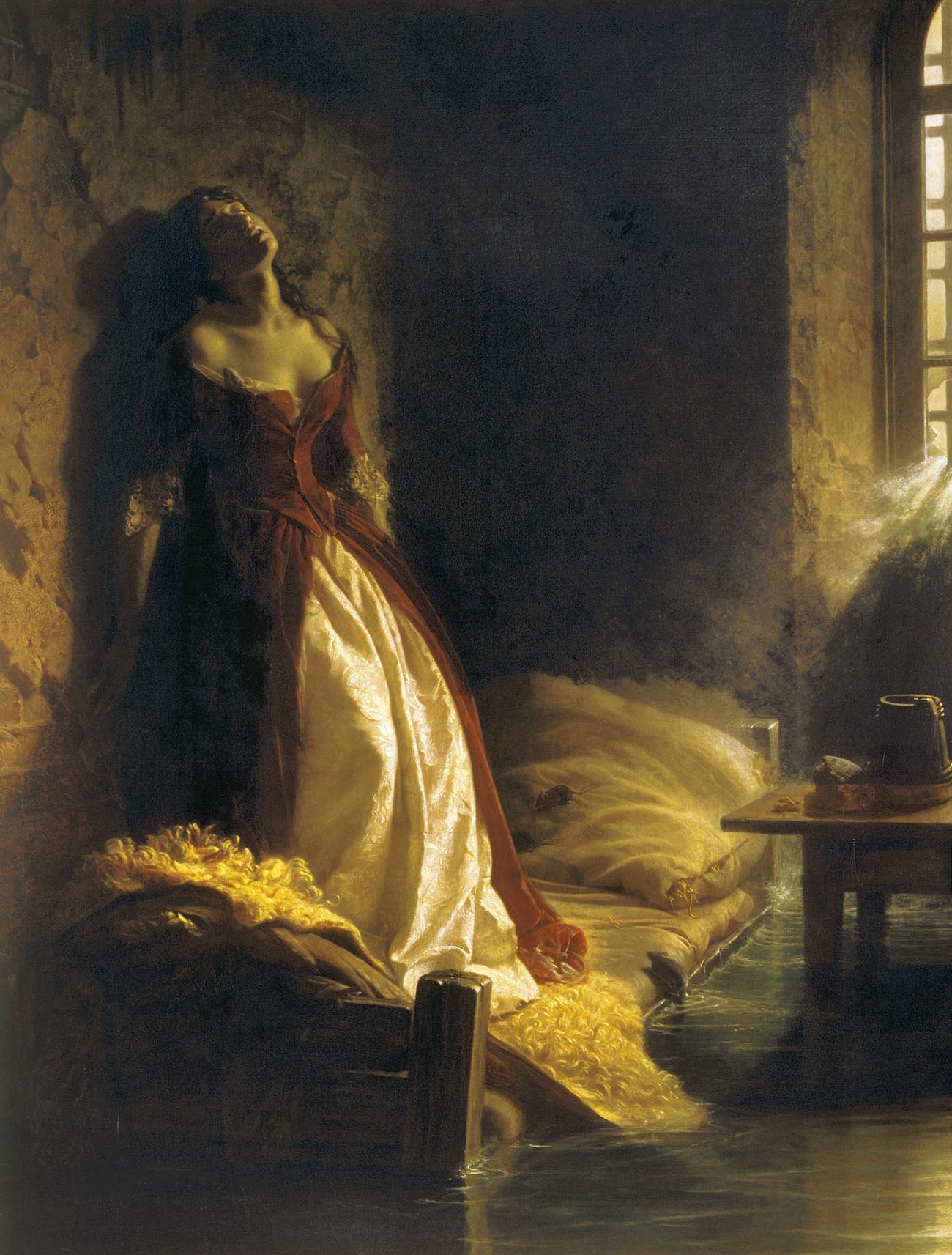
Konstantin Flavitsky. Princess Tarakanova
Tretyakov galleryAmong the Russian-themed paintings were many works by the Peredvizhniki(“The Itinerants”): Ivan Shishkin, Nikolai Ge, Arkhip Kuindzhi, Ilya Repin and a multitude of others. Tretyakov emptied whole rooms to accommodate individual works - for instance, to make room for Repin’s ‘Religious Procession in Kursk Province’.
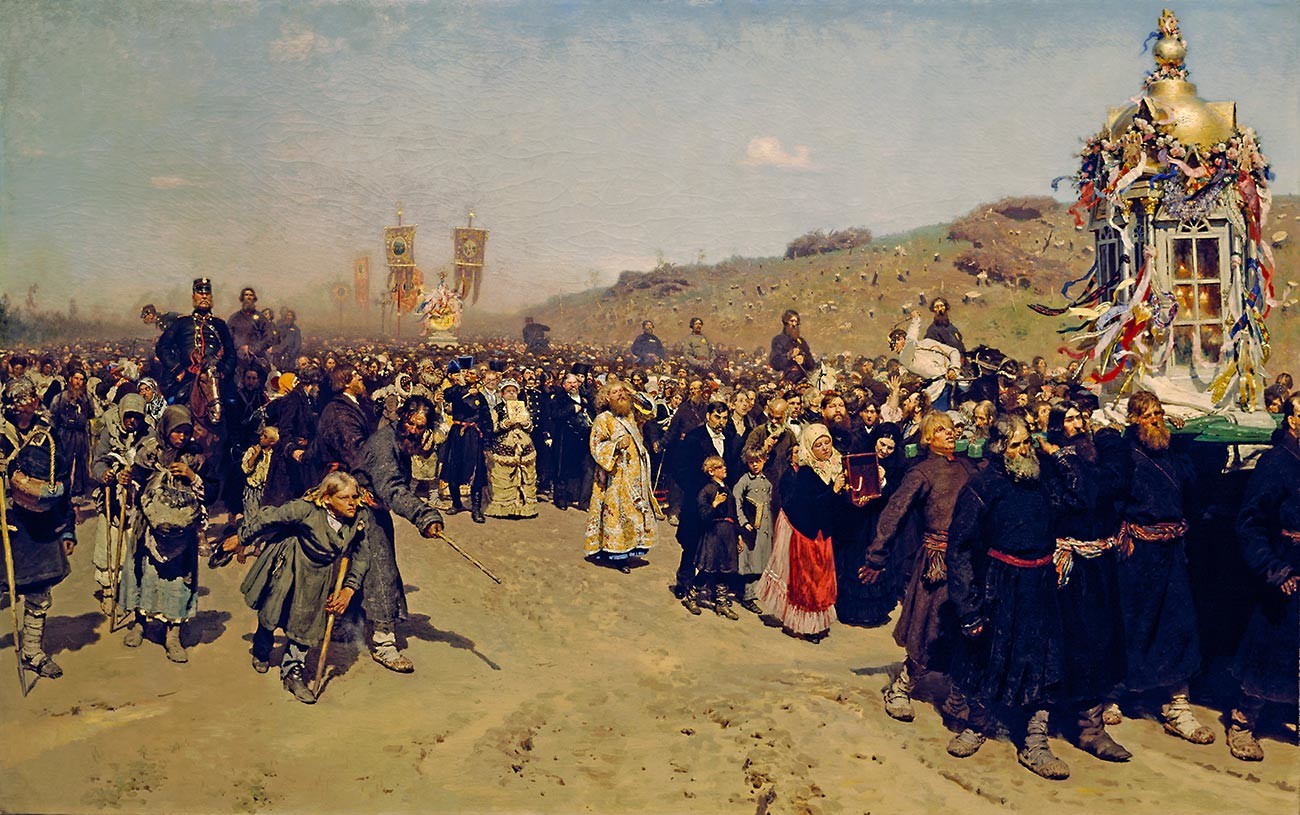
Ilya Repin. Religious Procession in Kursk Province
Tretyakov galleryTretyakov paid Vasily Vereshchagin an enormous sum for 13 paintings and a large number of studies and drawings from his ‘Turkestan Series’, which resulted from the artist’s trip to Central Asia. Emperor Alexander III had turned down the purchase of the series, because he deemed the price was too high.
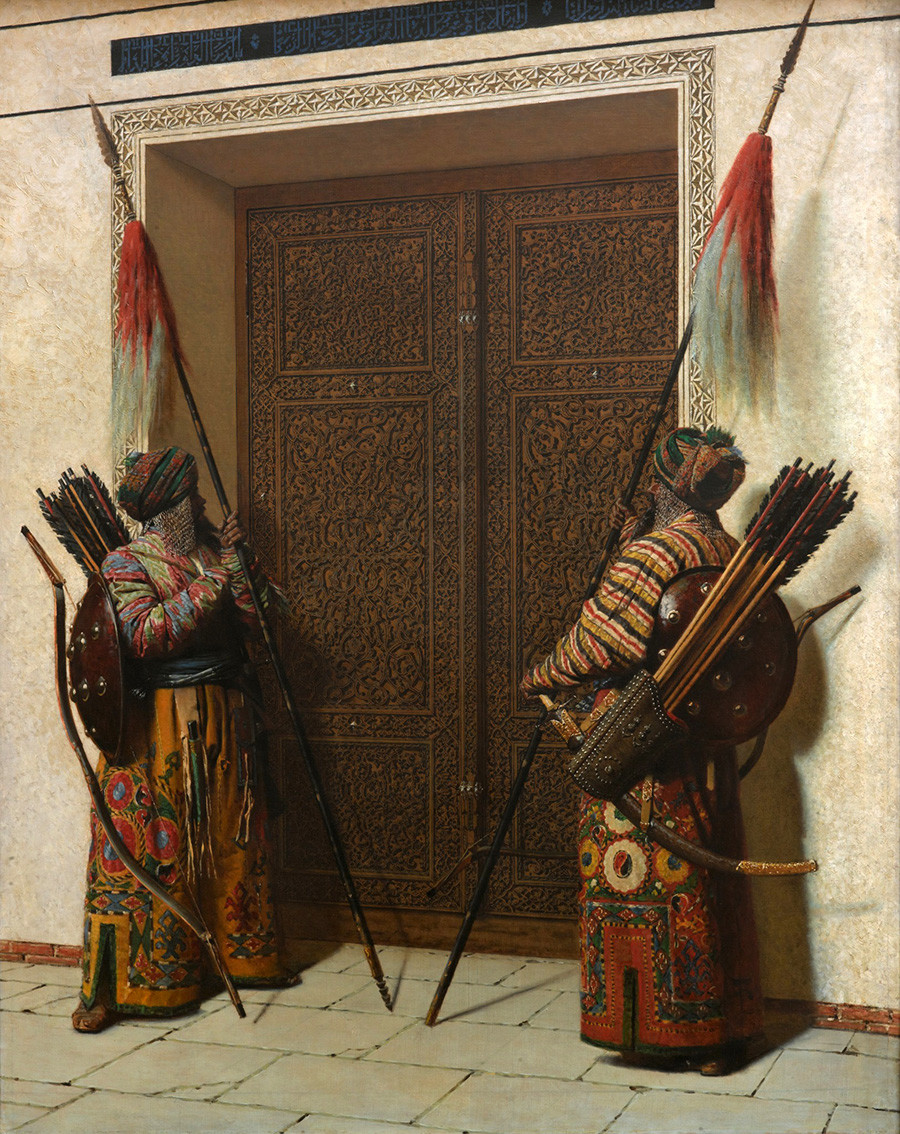
Vasily Vereshchagin. The Doors of Timur (Tamerlane), from the Turkestan series
Tretyakov galleryThere were stories of how Tretyakov “competed” for paintings with the Emperor himself. For instance, Alexander III would arrive at an exhibition and express a wish to purchase a particular painting, but it would turn out to have already been acquired by Tretyakov.
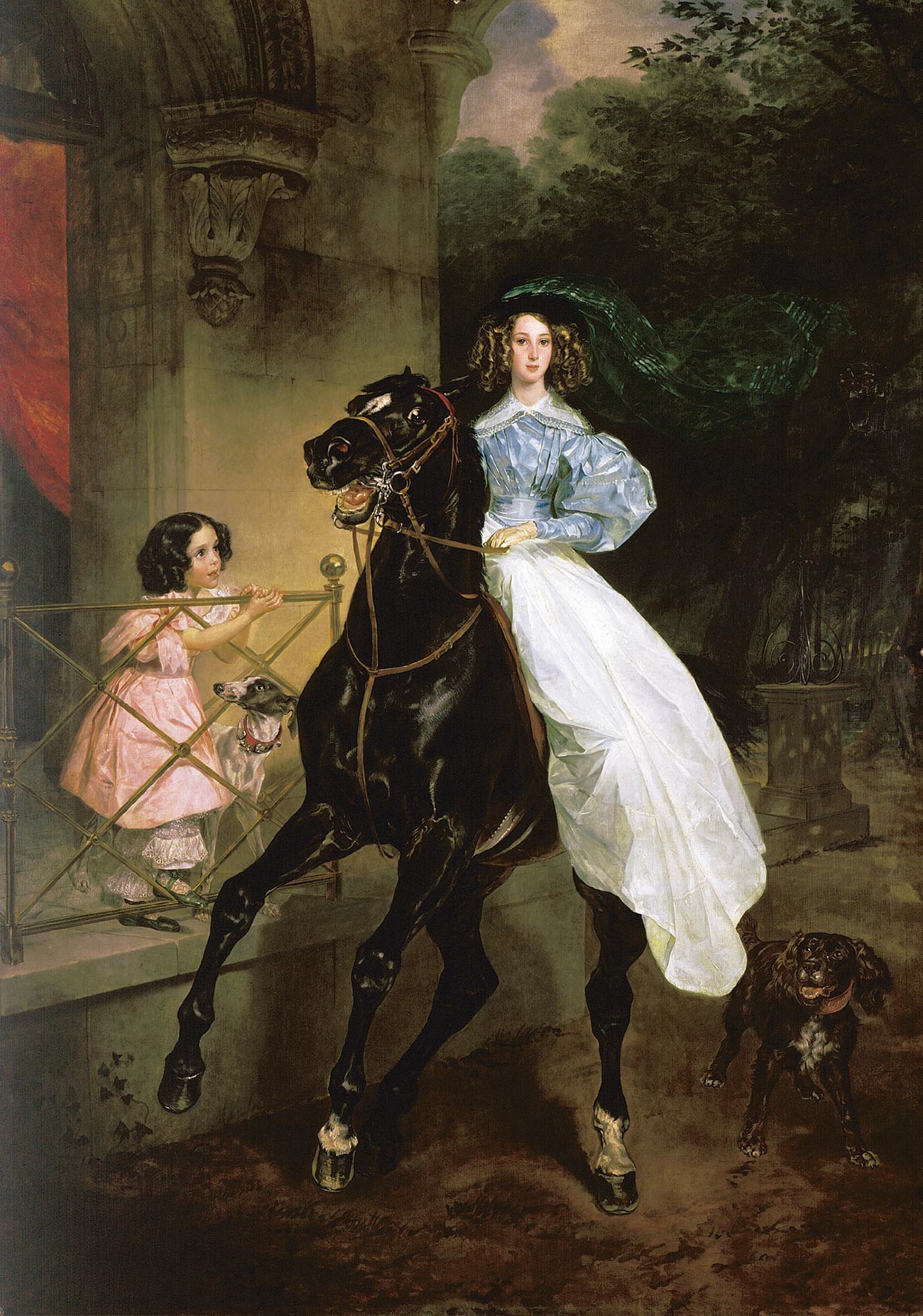
Karl Bryullov. Horsewoman
Tretyakov galleryInitially, it was decided to show the Emperor the paintings before they went on sale, but Tretyakov outmaneuvered the Tsar in this respect, too - and started buying up paintings in advance of exhibitions.
The first visitors began to be admitted to the Tretyakov House in 1867. The paintings were hung in several rooms specially set aside for them. The collection then already numbered more than a thousand paintings, but in a short space of time there were so many that Pavel decided to put up a separate building to house the gallery. As many as four annexes several stories high appeared one after the other in the course of 20 years.
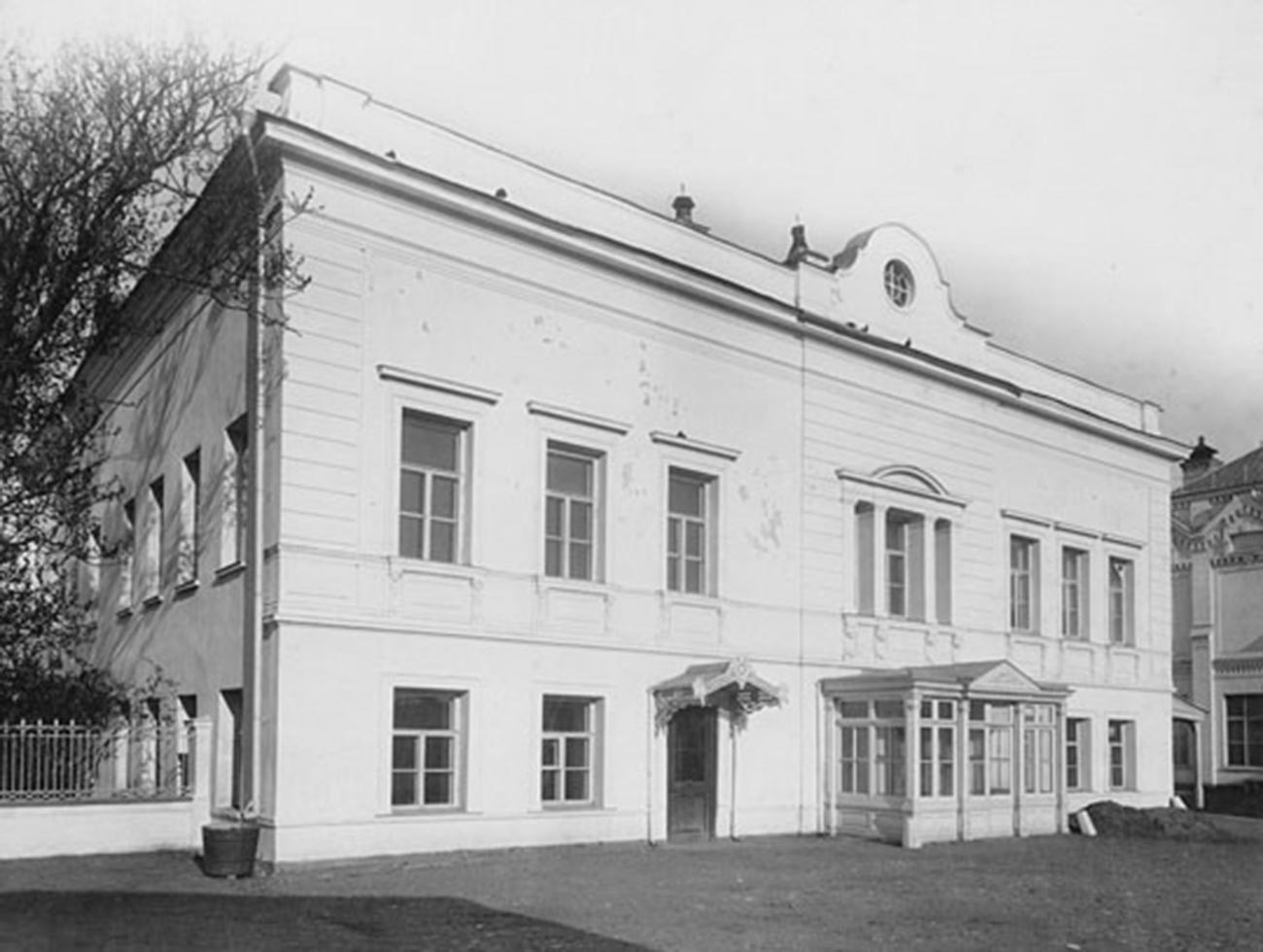
Tretyakov's house
Public domainThe Tretyakov mansion remains the main building of the Tretyakov Gallery to this day. After the collector’s death, the artist Viktor Vasnetov drew up a design for the facade giving it a uniform “Russian style” facelift and lending the building the appearance of a fairytale terem or tower house.
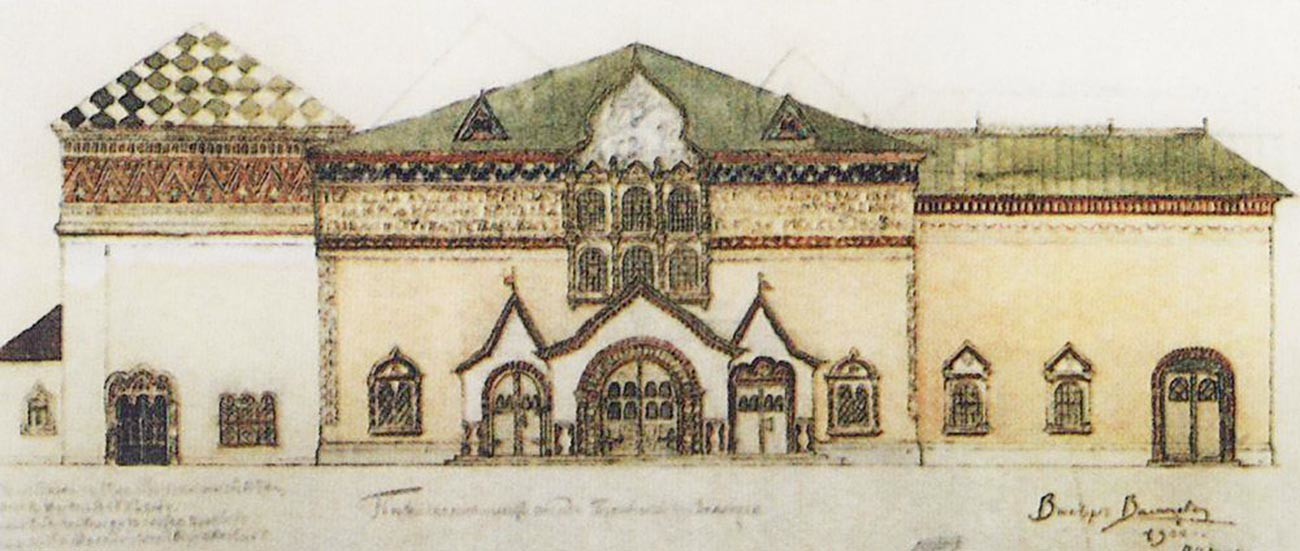
A new design for the gallery's facade
Viktor VasnetsovIn 1892, in an act of incredible generosity, Pavel Tretyakov donated the gallery and all of its incalculable painting collection to the city of Moscow. For this gesture, he was awarded the title of honorary citizen of the city and trusteeship over the gallery for life.
Pavel did not see himself as a patron of the arts: He just wanted to do everything he could to be useful to society. Apart from collecting art and supporting Russian artists, he worked for the good of the community.
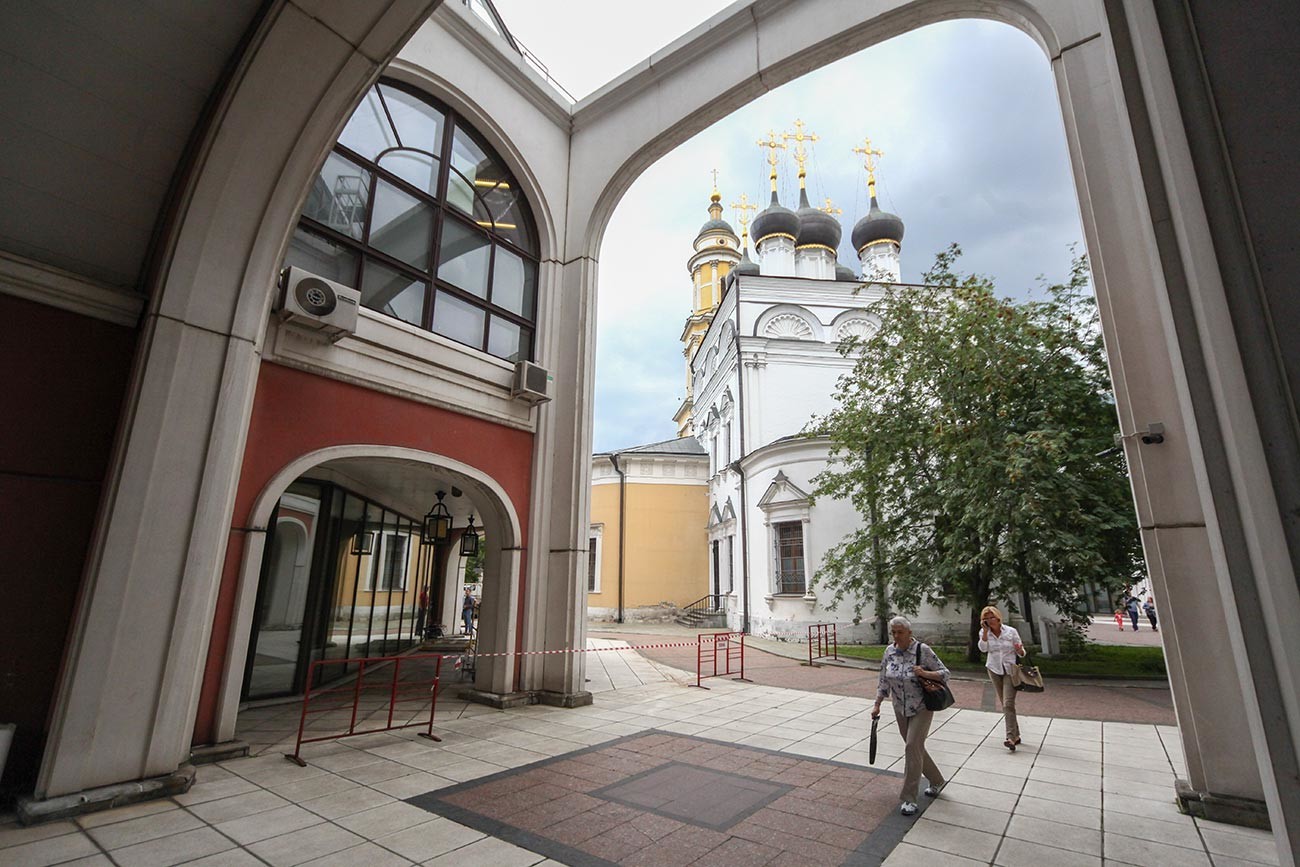
The gallery's courtyard
Sergei Vedyashkin/Moskva agency“From my earliest boyhood, my idea was to make money so that the money I made from society should be given back to society (the people) through useful institutions,” Tretyakov wrote. He helped scientists and scientific organizations and also gave money to support expeditions (for instance, he put a large amount of money into Nikolay Miklukho-Maklay’s expedition to New Guinea).
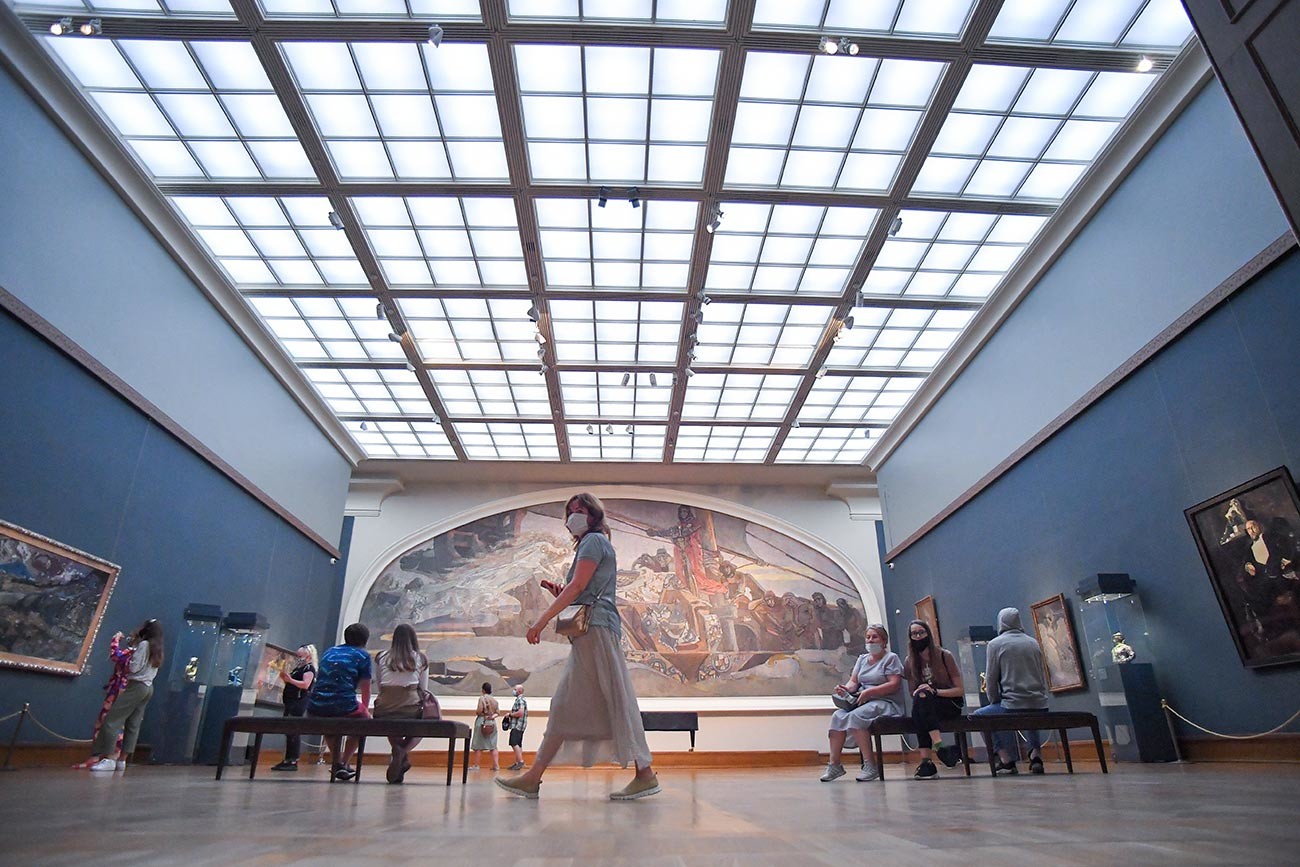
Inside the gallery
Sergei Kiselev/Moskva agencyThe birth of a handicapped son was a source of real sadness in the Tretyakov family, so he did what he could to support medicine - he became trustee of a society for deaf-and-dumb children and opened a clinic for the severely ill with a psychiatric department.
If using any of Russia Beyond's content, partly or in full, always provide an active hyperlink to the original material.
Subscribe
to our newsletter!
Get the week's best stories straight to your inbox